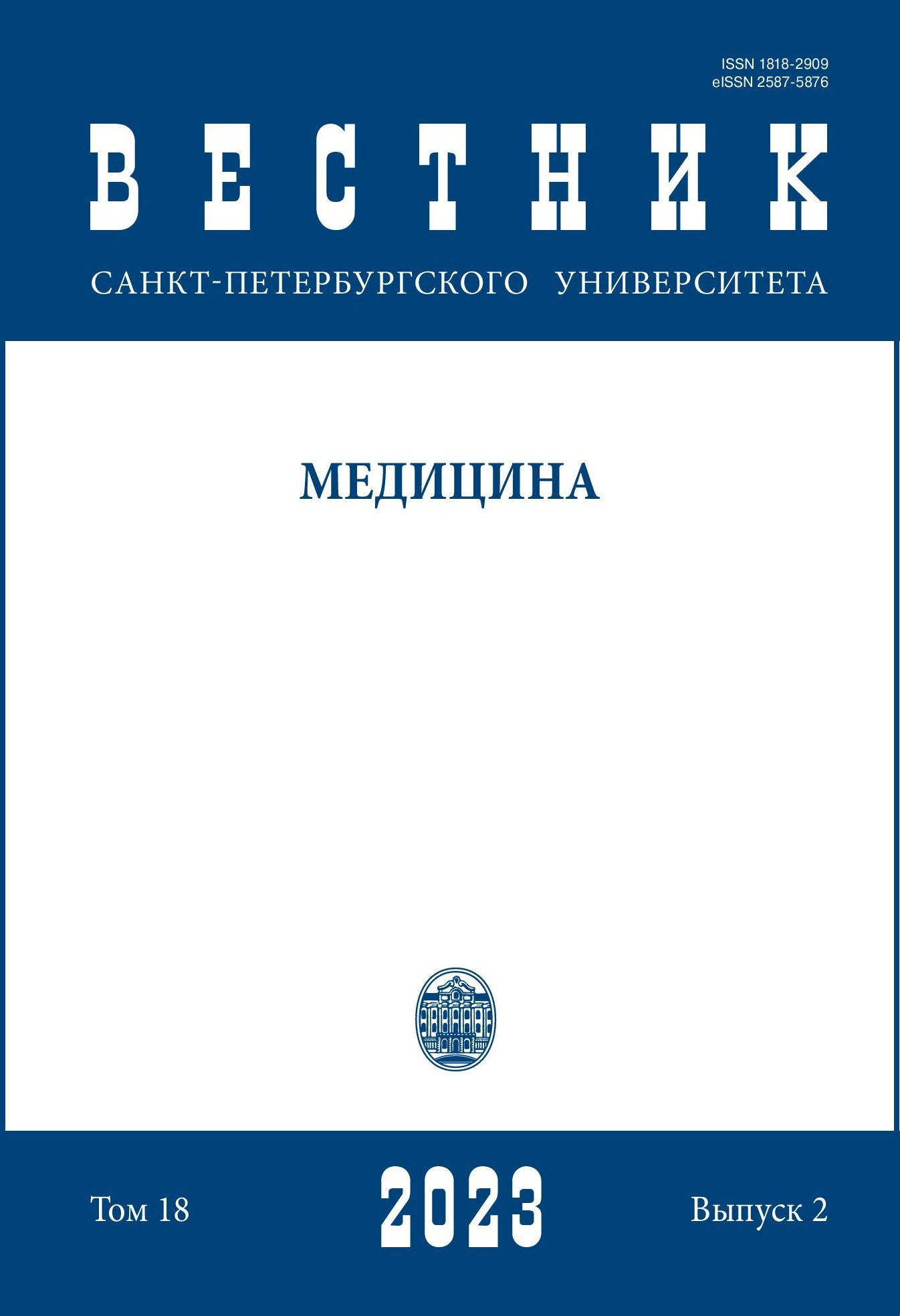Методы оценки коморбидности и ее роль у пациентов с кардиологической патологией
DOI:
https://doi.org/10.21638/spbu11.2023.201Аннотация
Существует несколько различных определений сочетания множества нозологий у одного пациента: коморбидность, мультиморбидность, синтропии и дистропии и др. Коморбидность является важной компонентой патофизиологических процессов, котораяоказывает существенное влияние на течение и исход кардиологических заболеваний у пациентов, поэтому в последние десятилетия исследователи активно занимаются проблемой оценки степени вклада коморбидности в общее состояние организма. Для этого разработаны шкалы и индексы коморбидности, которые позволяют в рамках определенных групп заболеваний оценить бремя коморбидности и его вклад в течение основного заболевания. Выбор шкал коморбидности зависит от наличия у пациента сопутствующих заболеваний, его возраста, пола и позволяет охарактеризовать вклад коморбидной патологии в общее состояние пациента. Учет коморбидности в рутинной клинической практике позволяет увеличить достоверность прогностических предположений и правильно выстроить терапевтическую стратегию. В результате это улучшает качество жизни больных, позволяет достигать благоприятных исходов и наиболее эффективно профилактировать осложнения у больных с коморбидностью.
Особенно важна оценка коморбидности при наличии кардиологической, эндокринологической, онкологической и неврологической патологий, поскольку они оказывают наиболее общий негативный эффект на весь организм пациента.
Ключевые слова:
полиморбидность, коморбидность, кардиология,, системные заболевания, патофизиология, индексы коморбидности, шкалы оценки
Скачивания
Библиографические ссылки
References
Загрузки
Опубликован
Как цитировать
Выпуск
Раздел
Лицензия
Статьи журнала «Вестник Санкт-Петербургского университета. Медицина» находятся в открытом доступе и распространяются в соответствии с условиями Лицензионного Договора с Санкт-Петербургским государственным университетом, который бесплатно предоставляет авторам неограниченное распространение и самостоятельное архивирование.




